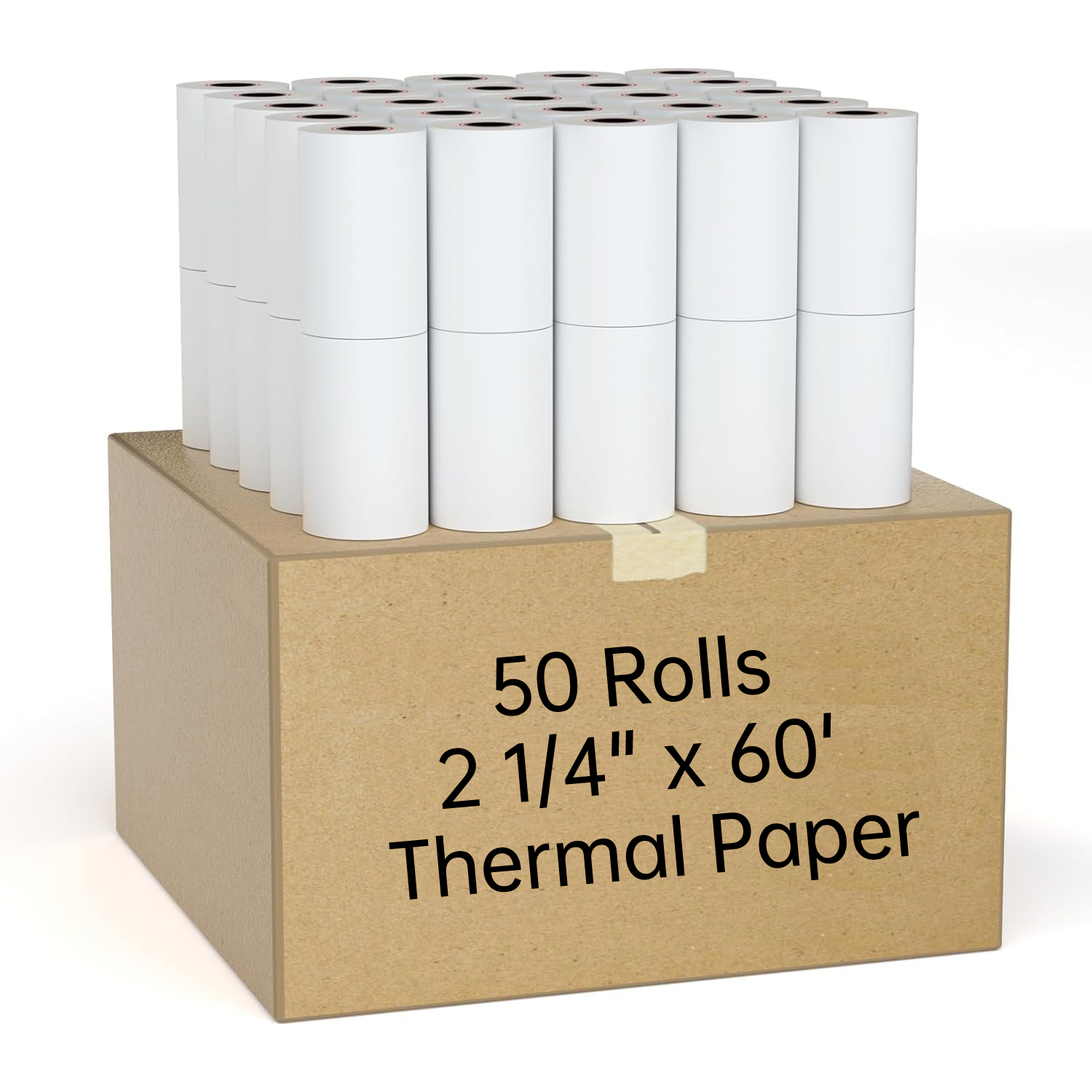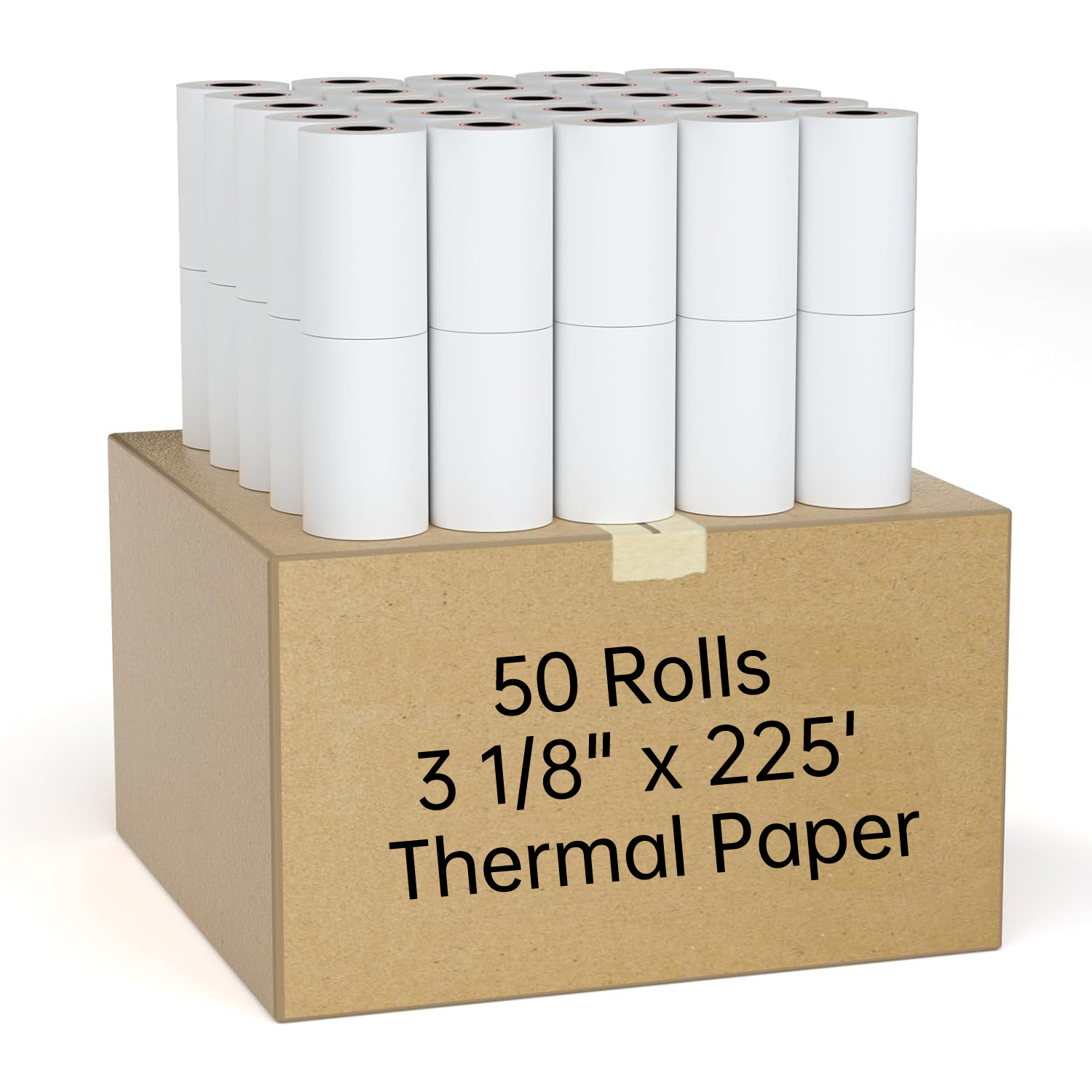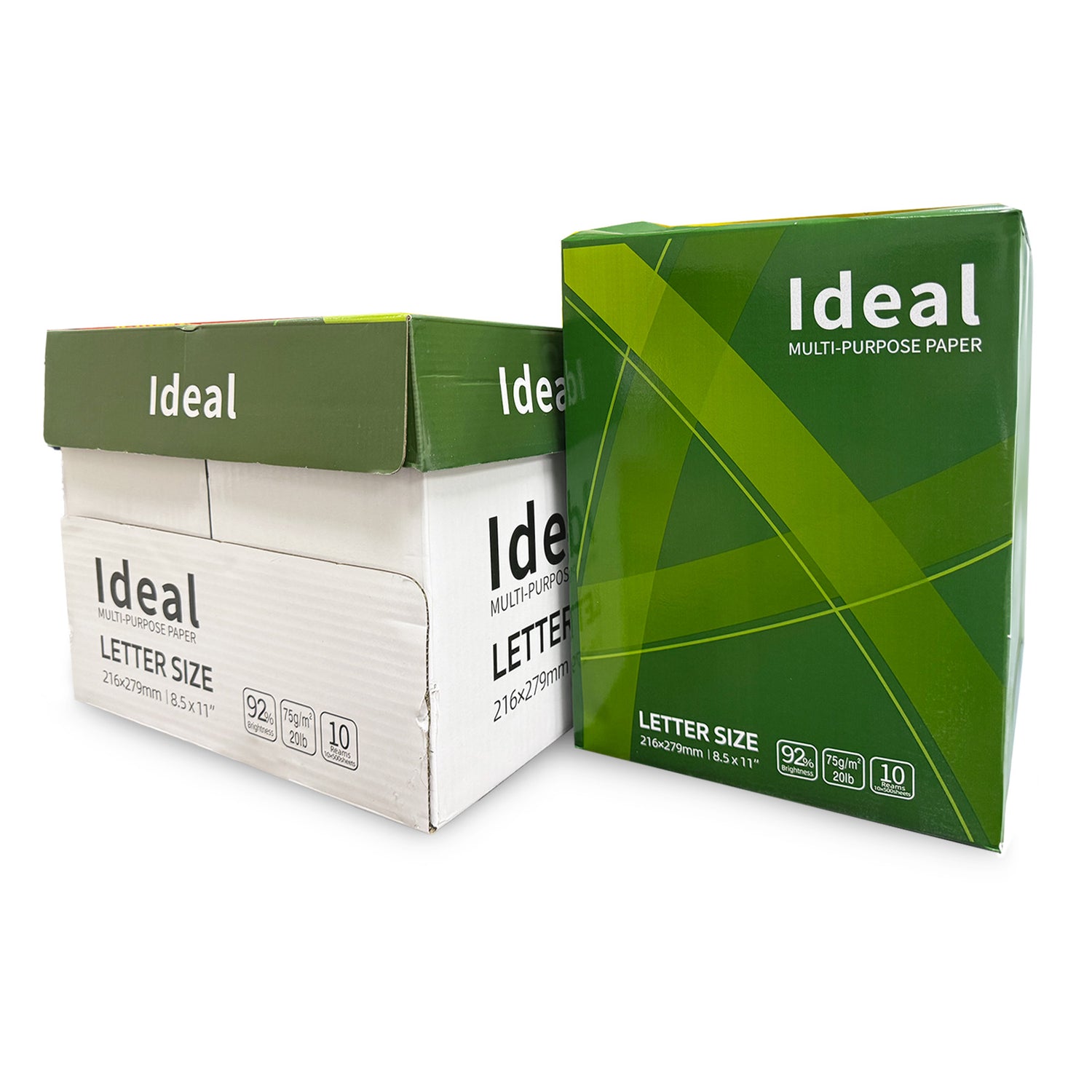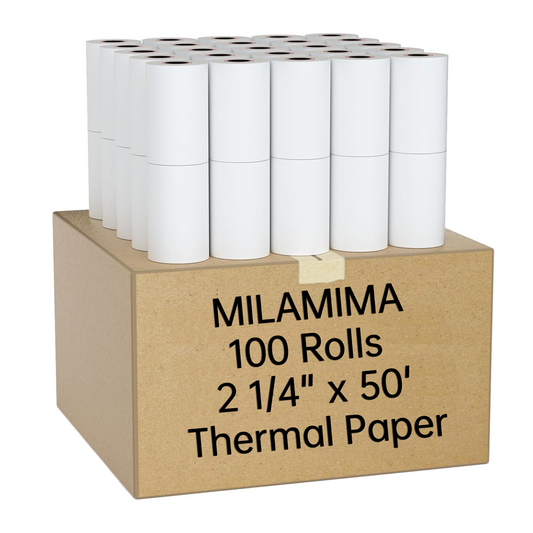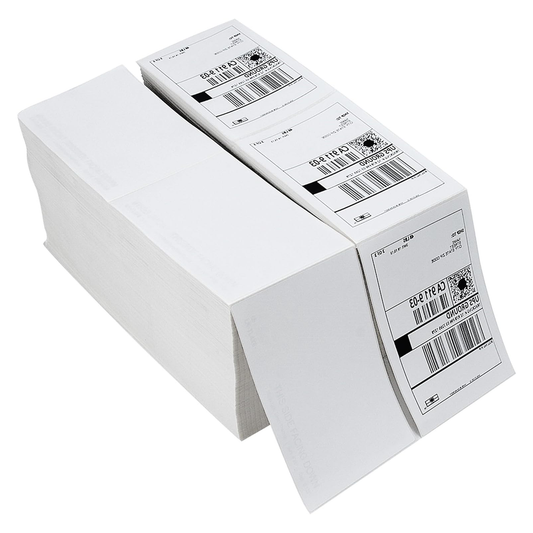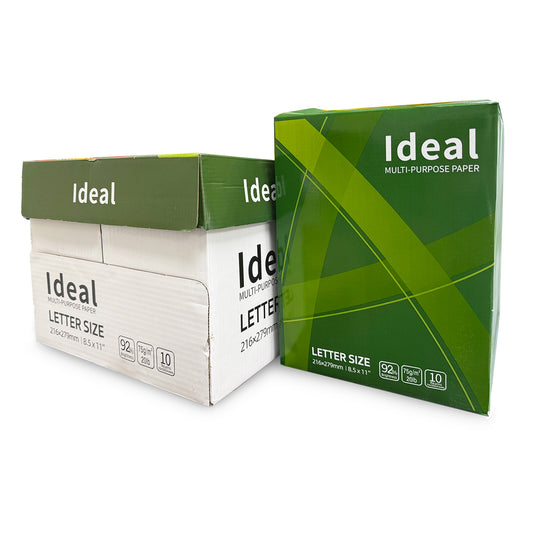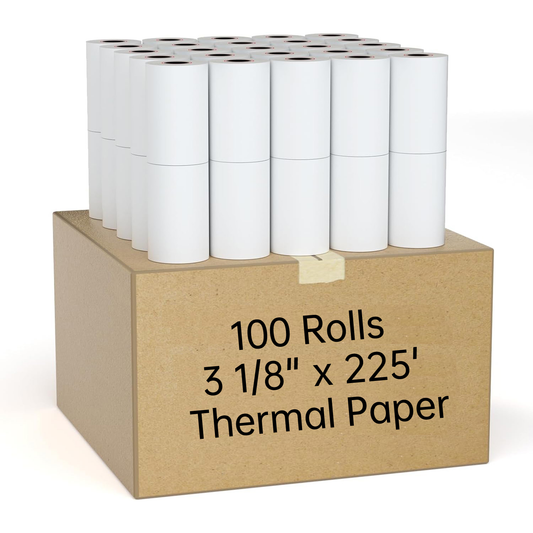Astronomy is a fascinating hobby that lets you explore the universe from your own backyard. On any given night, you can see hundreds of stars, and while you might think you need a telescope, binoculars are perfect for starting your celestial journey. They allow you to familiarize yourself with the night sky without the complexity of setting up a telescope. Just hold them up to the stars, and you're ready to explore.
Recommended Binoculars for Stargazing
Binoculars are popular among both seasoned astronomers and beginners. They are also an excellent way to introduce children to the wonders of the night sky.
For Experienced Observers: SkyGenius 10x50 Powerful Binoculars
Our top choice for seasoned stargazers is the SkyGenius 10x50 Powerful Binoculars. With a 10x magnification and 50mm objective lenses, these binoculars offer close-up views of bright celestial objects like the Moon, star clusters, and even fainter targets like nebulae and galaxies.
- Magnification: 10x
- Objective Lens Diameter: 50mm
For Newcomers to Astronomy: SkyGenius 10x25 Compact Binoculars
Beginners should start with bright, easy-to-find objects. The SkyGenius 10x25 Compact Binoculars are lightweight, featuring a 10x magnification with 25mm objective lenses. These binoculars provide crisp views of the Moon and star clusters, perfect for those new to the night sky.
- Magnification: 10x
- Objective Lens Diameter: 25mm
- Weight: 0.5 pounds
For Kids: SkyGenius 8x21 Compact Kids Binoculars
Introduce your children to the night sky with the SkyGenius 8x21 Compact Kids Binoculars. These mini binoculars are designed for small hands and big imaginations. The 8x magnification is ideal for viewing the Moon and exploring the cosmos together.
- Magnification: 8x
- Objective Lens Diameter: 21mm
Binoculars vs. Telescopes
While binoculars are great for learning the night sky, you might also consider a telescope. Here’s a comparison to help you decide:
| Feature | Binoculars | Telescopes |
|---|---|---|
| Cost | Relatively inexpensive | Can cost hundreds or thousands of dollars |
| Ease of Use | Very easy to use | Some can be confusing for beginners |
| Portability | Lightweight, can be taken anywhere | Typically needs to be transported in a vehicle |
| Usage | Can be used during the day | Most can only be used at night |
| Magnification | Limited to about 50x | Can magnify by 200x or 300x |
| View | Great for wide-angle views of the sky | Best for planets and small, faint targets |
| Learning Curve | Perfect for learning your way around the sky | Great for diving deeper into the hobby |
Key Features for Stargazing Binoculars
Magnification
Magnification indicates how much larger an object will appear compared to the naked eye. The SkyGenius 10x50 Binoculars have a 10x magnification, making objects appear ten times larger.
Objective Lens Diameter
The objective lens diameter determines how much light the binoculars can gather, crucial for seeing fainter, more distant objects. Larger lenses mean more light and better detail.
Field of View
The field of view indicates the area visible through the binoculars, specified as linear (meters at 1,000 meters) or angular (degrees). For example, the SkyGenius 10x25 Binoculars have a linear field of view of 112m at 1,000m and an angular field of view of 6.2 degrees.
Size and Weight
Larger objective lenses increase the binoculars' size and weight, which can cause arm fatigue during prolonged use. Lightweight models like the SkyGenius 10x25 are easier to handle for extended periods.
Porro Prism vs. Roof Prism
Porro Prism binoculars, like the SkyGenius 10x50, have offset barrels and provide a slightly clearer image with less light loss. Roof Prism binoculars are more compact and lightweight.
Frequently Asked Questions
What can you see with binoculars? Depending on the lens size, binoculars can show you the Moon, the phases of Venus, Jupiter's moons, bright comets, star clusters, nebulae, and even galaxies.
Do I need a tripod for astronomy binoculars? Most binoculars, like the SkyGenius 10x25, are light enough to be used without a tripod, but heavier models might benefit from one.
How should I focus binoculars for astronomy? Close your right eye and focus with the center wheel for your left eye. Then close your left eye and adjust the right eyepiece. Finally, use the center wheel to balance the view for both eyes.
The Key to Discovering the Universe
Stargazing with binoculars opens up the universe from your backyard. Whether you're a beginner or an experienced observer, binoculars are a fantastic way to explore the night sky.
Shop SkyGenius binoculars at milamima.com.



